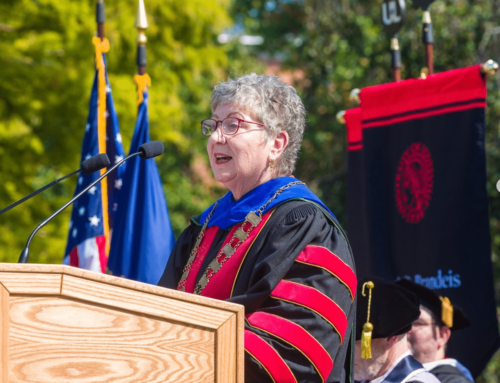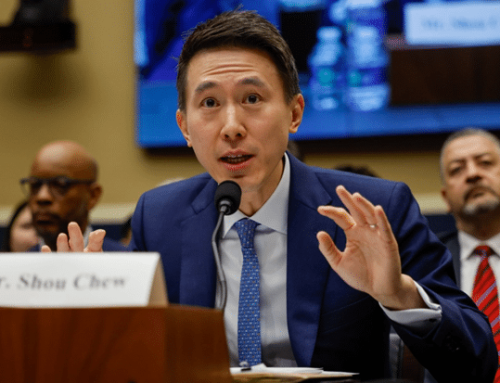Eugene Jarecki’s (director, “Trials of Henry Kissinger”) documentary “Why We Fight,” which won the Grand Jury Prize at the 2005 Sundance Film Festival, was released on Jan. 20. The film exposes the connections between war and American politics and policies throughout American history, defining crucial details as to the relationships of prominent political leaders with wars occurring across time and throughout the world.
“Frank Capra made a series of films during World War II called ‘Why We Fight’ that explored America’s reasons for entering the war,” Jarecki notes on the film’s Web site. “Today, with our troops engaged in Iraq and elsewhere for reasons far less clear, I think it’s crucial to ask the questions: ‘Why are we doing what we are doing? What is it doing to others? And what is it doing to us?'”
The film explores what Dwight D. Eisenhower named “the military-industrial complex” in the United States, depicting both the measures taken to avoid what Eisenhower deemed a danger to American freedom, and the lengths to which America has embraced this complex. The film features interviews with subjects like Arizona Sen. John McCain, footage depicting America at war, and personal stories. With all these perspectives, Jarecki aims at exposing what he calls “the perils of war.”
“Why We Fight” raises questions that are more relevant today than ever before, with American foreign policy walking a fine line between protecting freedom and global imperialism. In his attempt to offer a nonpartisan look at the “war machine,” Jarecki states, “what I learned in making the film is that where we are today is as much an extension of the past as a departure from it. Since World War II, America has been on a path toward empire.”
“At every level, from the White House to the defense factory to the front line, it is people that make wars happen,” Jarecki said, and it is those people – you and me – who can learn the most from this film.






